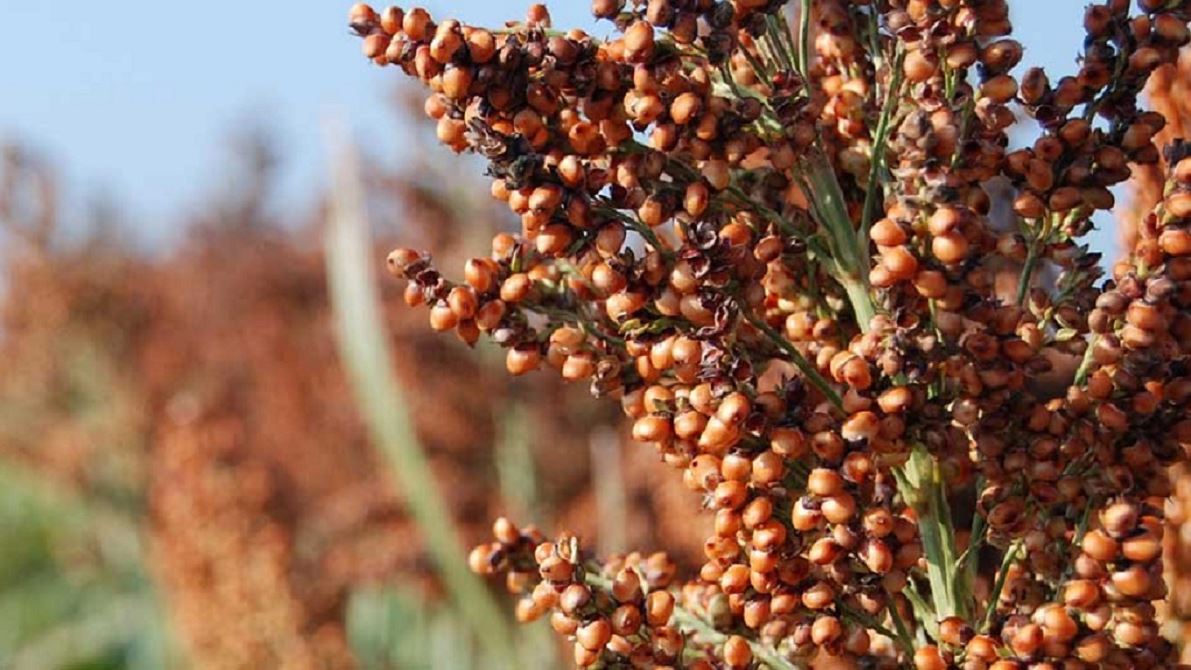Creating affordable, nutritious Nestlé porridges by fully valorizing agricultural ingredients

November 12,2021 – Access to affordable nutrition is a massive global challenge, with three billion people unable to access adequate food. The current public health crisis coupled with the economic effects of the pandemic has made this situation harder for many vulnerable consumers, particularly in emerging countries, and exacerbated key nutrient deficiencies.
With the aim of bringing people more nutritious foods, Nestlé has developed a nutritious sorghum-based porridge that upcycles a Milo side stream to fully valorize raw materials and avoid nutrient loss.
The product uses a sorghum side stream from the Nestlé factory in Agbara, Nigeria that is highly nutritious but is typically discarded during the production of malt for Milo. To meet regional needs and tastes, the sorghum is then blended with cereals such as wheat and maize. The product was developed using a scientifically validated nutritional concept called GRAINSMART™ Balance, to achieve the right balance of carbohydrates and fiber, for optimal nutrition – including support for the immune system – and taste.
Using this side stream helped reduce the cost of ingredients and has allowed Nestlé to develop a nutritious breakfast option that lower-income families can afford.
Developed by experts at Nestlé’s R&D Center in Abidjan together with the company’s global R&D Network and local markets, the porridge is now being tested with consumers in Côte d’Ivoire under the Golden Morn brand, ahead of a regional launch in 2022.
“Ensuring that everyone can enjoy affordable, nutritious foods is a priority for Nestlé. Our teams developed the recipe for this porridge to suit local nutritional needs and tastes. Using the sorghum side stream is a double win. It provides us with an affordable source of protein and fiber – and helps to reduce food waste and nutrient losses.” said Tesfalidet Haile, Head of Nestlé’s R&D Center in Abidjan, Côte d’Ivoire.
The Golden Morn porridge launch is part of a wider movement within Nestlé towards using agricultural or manufacturing byproducts to reduce waste and upcycle nutrients. This supports Nestlé’s road to net zero by 2050. For example, Nestlé is using side streams to develop innovative foods and beverages, drive factory processes, and pioneer new materials for next generation sustainable packaging.




